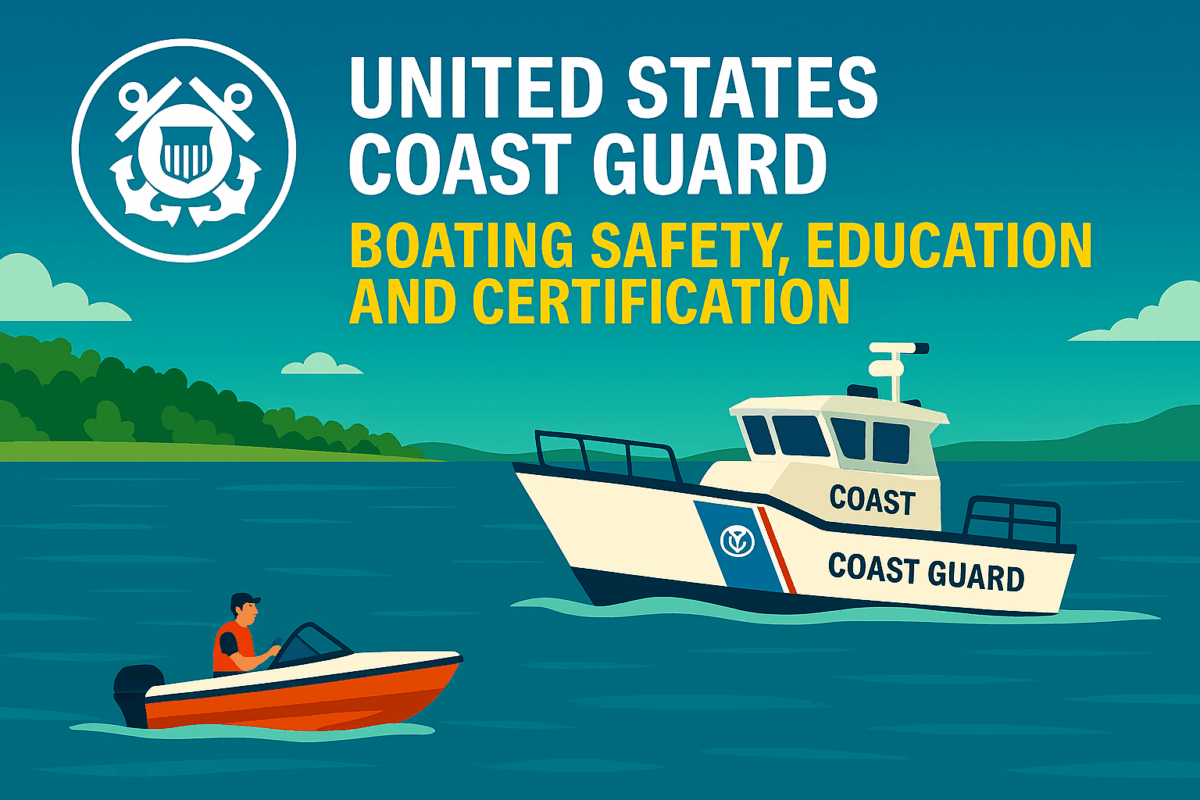Call: 1-800-832-7191

USCG Rules of Navigation
Understanding USCG Rules of Navigation
USCG Rules of Navigation guide mariners in avoiding collisions and operating vessels safely in U.S. and international waters. These rules include both the International Regulations for Preventing Collisions at Sea (COLREGS) and the Inland Navigation Rules. Because waterways vary, mariners must know which rules apply based on location.uscg
The Coast Guard enforces these regulations to protect life, property, and the marine environment. Charts show COLREGS demarcation lines to help mariners determine which rule set governs their route.uscg
Key Principles and Rule Categories
The rules cover lookout requirements, safe speed, risk assessment, and right-of-way situations. For example, vessels must maintain a proper lookout at all times. Because visibility and awareness are critical, this rule helps prevent accidents.
Steering and sailing rules define actions in overtaking, crossing, and head-on situations. These rules clarify which vessel must give way and which should maintain course. Additionally, lighting and sound signal rules ensure visibility and communication, especially in restricted visibility.noaa
Each rule includes specific definitions and applications. Mariners must study these carefully to ensure compliance and safety.
Why USCG Rules of Navigation Matter
USCG Rules of Navigation are legally binding and apply to all U.S.-flagged vessels. These rules promote safe navigation and reduce the risk of collisions. Because maritime traffic continues to grow, understanding and following these rules is more important than ever.noaa
The Coast Guard updates the rules periodically to reflect technological advances and international agreements. Mariners must stay informed and use the latest version of the Navigation Rules and Regulations Handbook.uscg
Training programs and licensing exams include these rules. Professional mariners must demonstrate proficiency, but recreational boaters should also learn them. Knowledge of navigation rules builds confidence and improves decision-making on the water.
Applying the Rules in Real Situations
Boaters should apply the USCG Rules of Navigation during every voyage. Before departure, review the route and identify rule zones. Because conditions can change, remain alert and adjust speed or course as needed.
Use navigation lights and sound signals correctly. These tools communicate your vessel’s status and intentions to others. In restricted visibility, follow Rule 19 to avoid collisions and maintain safe distances.noaa
Report violations or unsafe behavior to the Coast Guard. This helps maintain order and protects all waterway users. Responsible navigation starts with understanding the rules and respecting others on the water.
